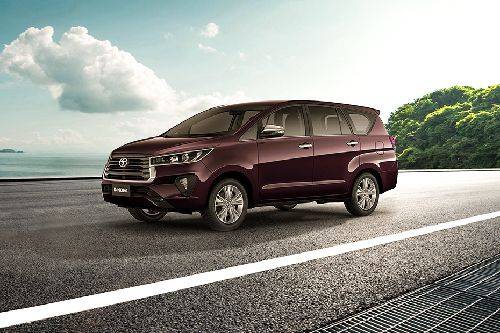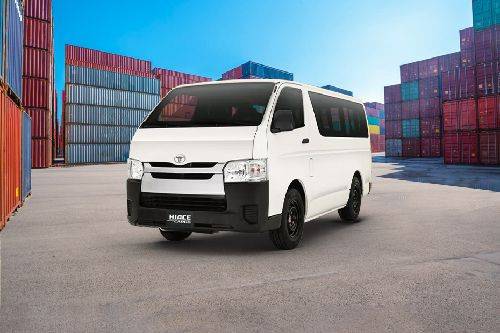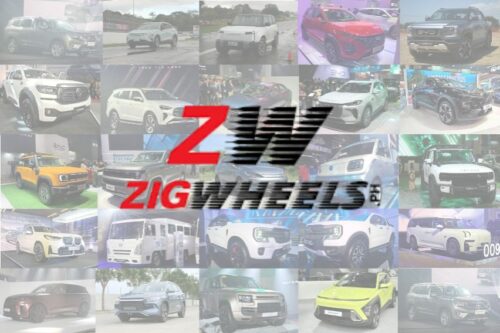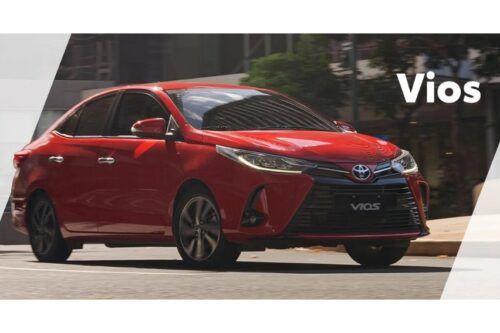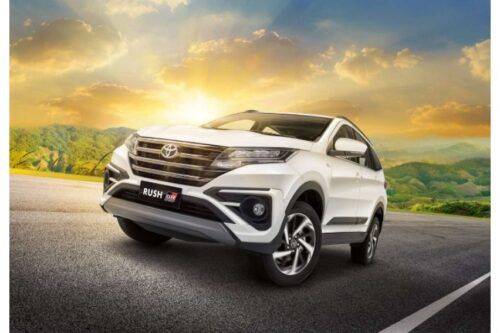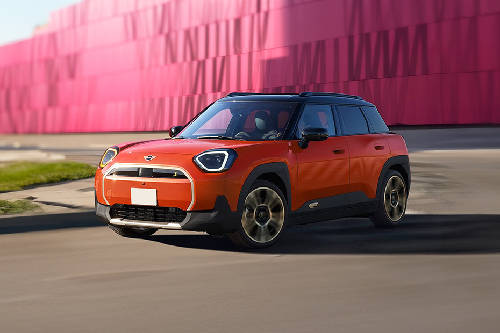Toyota Wigo vs Hyundai Eon Comparison - The better hatch to pick

Smaller cars have become a popular choice in recent years. What used to be “just” tiny vehicles that made it easier to get around have matured into a car segment for all-around use.
Practical and affordable, these subcompact hatchbacks usually have enough features to rival larger sedans – albeit in a compact package. Hyundai Eon and Toyota Wigo are no exception.

Shortly after being introduced into the Philippine auto market, both models gained a following among professionals, couples, and families alike. Admittedly, it has been a while since they received updates.
Toyota Wigo was last refreshed in 2017 and experienced setbacks in 2018 when over 15,000 units were recalled due to faulty engine wiring. Meanwhile, Hyundai Eon will soon be replaced by the all-new Santro.
While not up-to-date, these hatchbacks are still worth considering if you’re looking for budget-friendly alternatives.
Here is a comparison of the two cheapest city cars in the country: Toyota Wigo vs Hyundai Eon:
Toyota Wigo vs Hyundai Eon: Dimensions

When it comes to size, the differences between the two are barely noticeable and you should be able to park in tight spaces with either vehicle. However, Toyota Wigo is longer, wider, and slightly taller. It also has a larger wheelbase than Hyundai’s offering, allowing for more room inside.
At the back, Wigo has 60:40 seats which can be folded to make way for 422 liters of cargo space. The 215 liter boot space inside Hyundai Eon is expandable, but its back seats can only be folded in one piece which leaves plenty of unusable space.
Toyota Wigo is bested by Eon in terms of ground clearance which, for a city car, has an impressive ride height of 170 mm. Then again, Wigo is only off by 1 cm so there really isn’t much of a difference.
Toyota Wigo vs Hyundai Eon: Exterior

Each has its own distinct style. Hyundai Eon is curvier and has a sleeker, more feminine appearance. It looks polished and elegant for its price point, though it doesn’t stand out.
Toyota Wigo has a more aggressive stance with a massive front grille, flat panels, and less distinct curves. Aesthetically, it’s right at home with its larger siblings and almost looks like a mini SUV.
While they both appeal to different crowds, Toyota Wigo is the more practical option. Unlike Hyundai Eon, it comes with a rear wiper and defogger which can be very handy.
Rear windshields are known to fog up especially when it’s raining and the A/C is running. Heavy rains can also limit your visibility and make you prone to rear-end collisions. With Toyota Wigo, you don’t have to worry about either.
Toyota Wigo vs Hyundai Eon: Interior

Being budget-friendly cars, Toyota Wigo and Hyundai Eon have basic interiors. Both are laden with hard plastics although they do have a nice texture to them (read: not cheap-looking). Seats are also covered in fabric save for the Eon specs sheet which combines cloth and vinyl for an easier clean. But if you prefer style over easy-wipe seats, the Wigo G variant features a sporty orange pinstripe design.

The fixed headrests on Wigo and Eon can be a deal-breaker for some and might push you to consider the more expensive Honda Brio which has adjustable headrests.
Thankfully, this is made up for by their ample headspace. All things considered, Toyota Wigo would be a better choice. Not only does it have more legroom and shoulder room at the back. You also get a navigation-ready infotainment system and four speakers on higher trims.
Toyota Wigo vs Hyundai Eon: Engine

Toyota Wigo specs sheet boasts a larger engine so it’s no surprise that it cranks out more power and torque than Hyundai Eon. You also have the choice between manual and automatic transmission, unlike Eon which limits you to the former. While the latest generation Wigo is more fuel-efficient than the previous model, Eon beats it with an impressive fuel economy of up to 20 kmpl.
Toyota Wigo vs Hyundai Eon: Safety

Hyundai Eon has a reinforced body structure which includes side door impact beams and radiator support panels. This allows the vehicle to counter impact in the event of a collision. Unfortunately, it lacks a critical safety feature – the anti-lock braking system. So if you want to prevent collisions in the first place, Toyota Wigo is the clear winner.
Toyota Wigo vs Hyundai Eon: Pricing

Hyundai Eon price range is quite affordable at Php 508,000. At this price, you already have a fuel-efficient vehicle with a rear spoiler and a high mount stop lamp – features which you wouldn’t find on the base model of Toyota Wigo.
The entry-level Toyota Wigo E costs about Php 50,000 more but like Hyundai Eon, it runs on 5-speed manual transmission and is missing an anti-lock braking system. However, it does have rear windshield wipers and a defogger which means it’s safer to drive in heavy rains.
For better specs, we recommend going for the pricier Toyota Wigo G. The high-end variant runs on either manual or automatic transmission. It also includes an audio display, a navigation system, four speakers, power windows, and the full range of safety features.

If you’re on a strict budget and are looking to buy a car for 500K, choosing Hyundai Eon is a no-brainer. It’s a decent option for young professionals who mostly use their cars in the city.

Small families are better off with Toyota Wigo though you have to be willing to sacrifice your budget. This subcompact hatchback is suited for the city as well as traveling thanks to Wigo spacious interior and large cargo space.
Also Read: Toyota Wigo: Maintenance guide
Sell your car at the best price
 Verified and genuine buyers
Verified and genuine buyers
Toyota Wigo vs Hyundai Eon Comparison
Toyota Wigo Related Stories
- News
- Featured Stories
- Expert Review
Toyota Car Models
Don't Miss
Trending & Fresh Updates
- Latest
- Popular
You might also be interested in
- News
- Featured Stories
Toyota Featured Cars
- Latest
- Upcoming
- Popular
Latest Toyota Wigo Car Videos on Zigwheels

Compare & Recommended

|
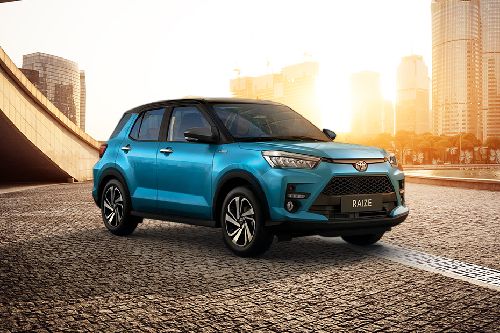
|
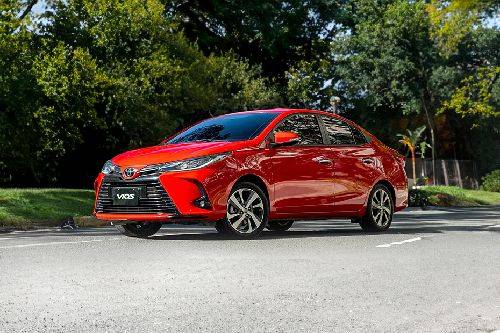
|
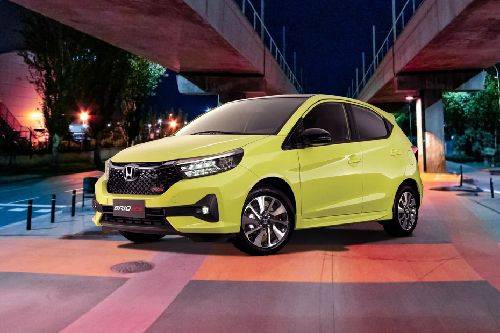
|

|
|
Ground Clearance
160 mm
|
200 mm
|
133 mm
|
137 mm
|
160 mm
|
|
Seating
5
|
5
|
5
|
5
|
5
|
|
Fuel Type
Gasoline
|
Gasoline
|
Gasoline
|
Gasoline
|
Gasoline
|
|
Engine
998
|
1198
|
1329
|
1199
|
1193
|
|
Power
65
|
87
|
98
|
89
|
76
|
|
Torque
89 Nm
|
113 Nm
|
123 Nm
|
110 Nm
|
100 Nm
|
|
Transmission Type
Manual
|
Manual
|
Manual
|
Manual
|
Manual
|
|
|
Trending Hatchback
- Latest
- Upcoming
- Popular
Toyota Wigo Car Articles From Carmudi
- journal
Compare
You can add 3 variants maximum*- Brand
- Model
- Variant














